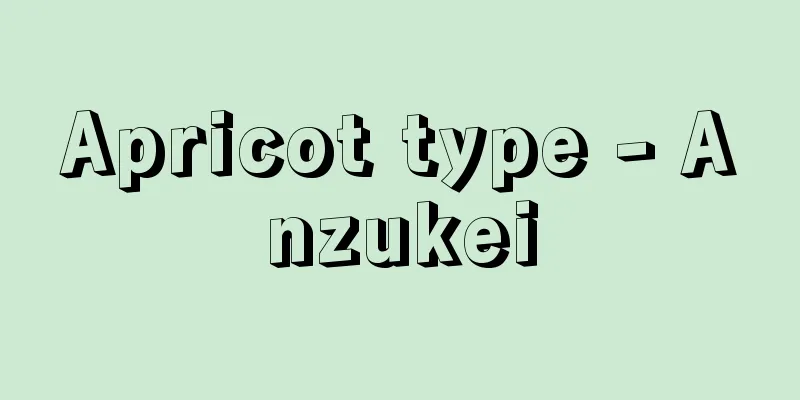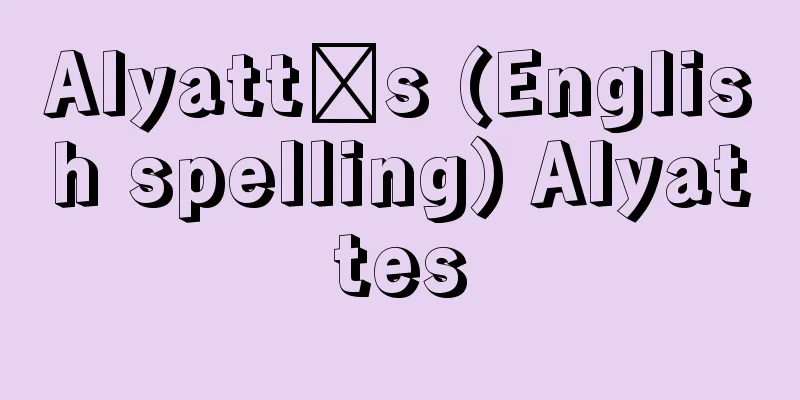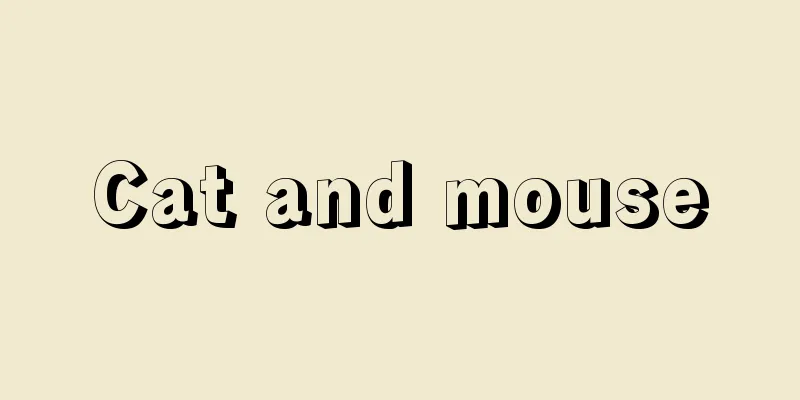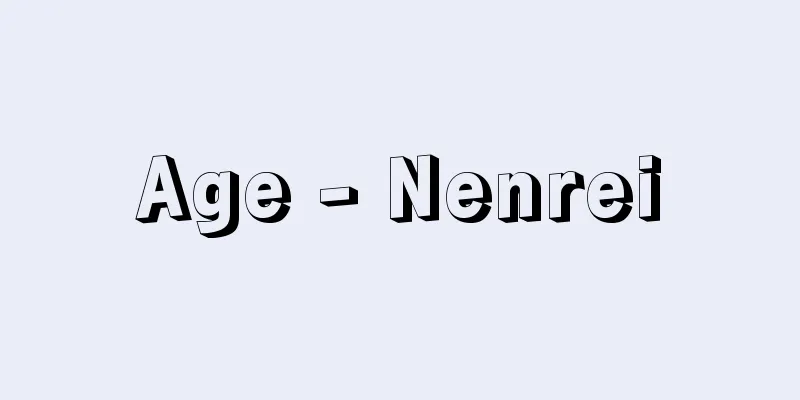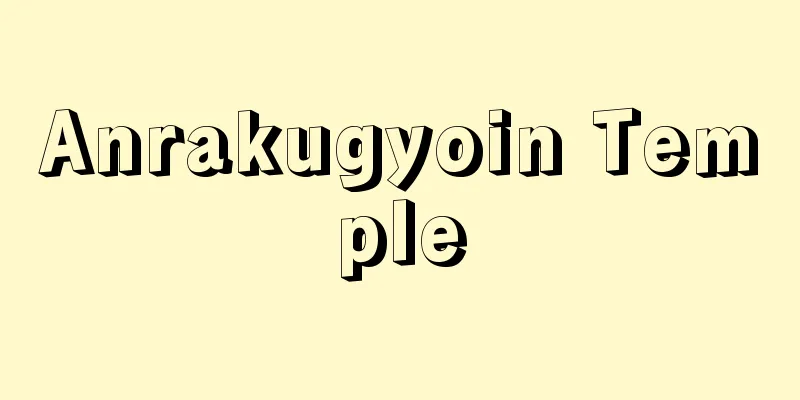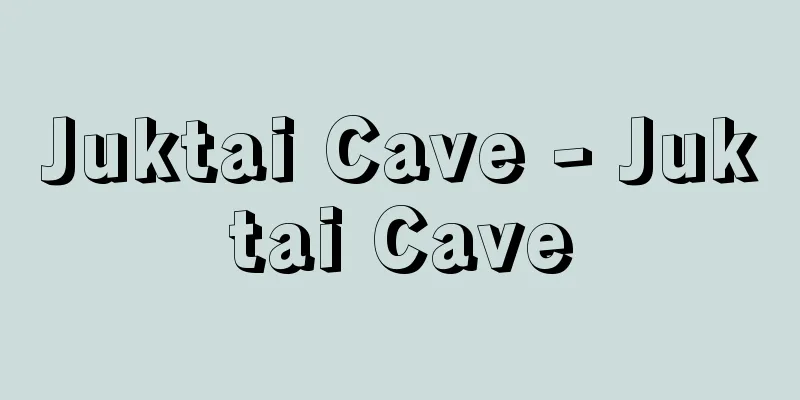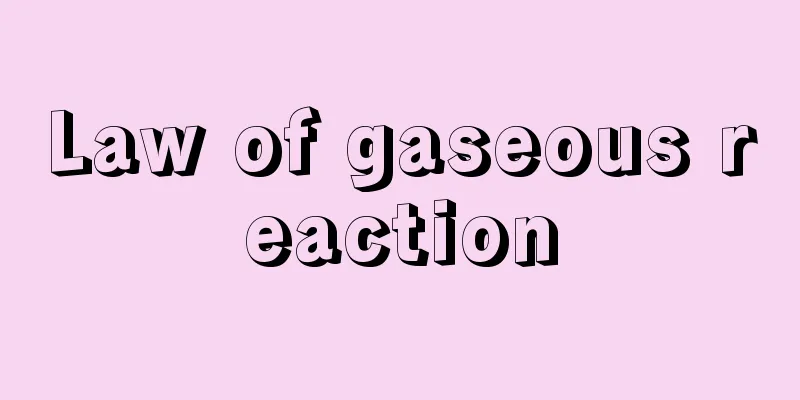Negative residual sensation
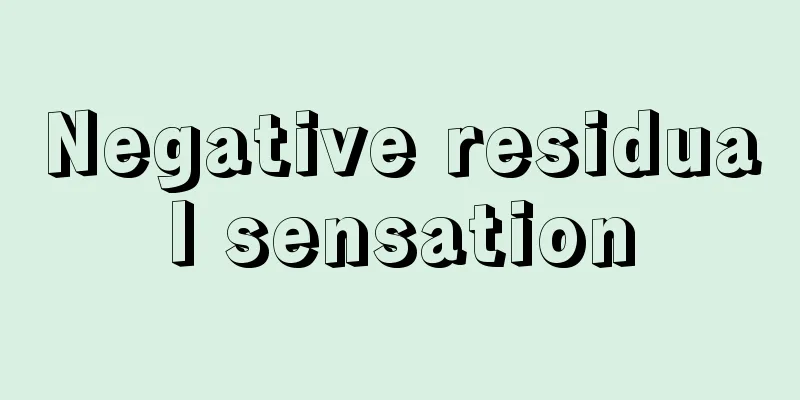
|
…When the stimulus is stopped, the sensation gradually decreases until it returns to its original state. The sensation that remains after the stimulus is stopped is called an aftersensation. If its nature is the same as the initial sensation, it is called a positive aftersensation, and if it is the opposite, it is called a negative aftersensation. When the same stimulus is given repeatedly, and the cycle is short enough, the individual sensations merge to become a continuous sensation of a certain magnitude. … *Some of the terminology that refers to "negative residual sensation" is listed below. Source | Heibonsha World Encyclopedia 2nd Edition | Information |
|
…また刺激を止めたときも,もとの状態に復帰するまで感覚は漸減する。刺激を止めた後に残る感覚が残感覚aftersensationで,その性質が初めの感覚と同じ場合,陽性残感覚,反対のとき陰性残感覚という。同じ刺激を反復して与えるとき,その周期が十分短いとき,個々の感覚は融合して,ある一定の大きさの連続した感覚となる。… ※「陰性残感覚」について言及している用語解説の一部を掲載しています。 出典|株式会社平凡社世界大百科事典 第2版について | 情報 |
<<: Insei period - Insei jidai
>>: Negative element - Inseigenso (English spelling) negative element
Recommend
Night Cry Udon (Night Cry Udon)
Soba and udon vendors who roamed the streets at ni...
Karukaya Doshin Tsukushi no Iedzuto
Joruri. Historical piece. Five acts. Collaboration...
Basiliscus plumifrons (English spelling)
…Iguana [Takahiro Matsui]. . . *Some of the termi...
Atonement - Atonement
It refers to an item offered as payment to be pur...
Kobe
A city in the southeastern part of Hyogo Prefectur...
Yoshio Okada
Cytologist. Born in Hiroshima Prefecture. Graduat...
Picture book legal crossroads - Ehon Gappo Gatsuji
Kabuki kyogen. Family story. Seven acts. Commonly ...
Katsusaka ruins
This is the site of a large-scale settlement from...
History of the Pagan Gods - History of the Pagan Gods
...B. Pittoni's "Images of Signs" (...
Red-mouthed - Red-mouthed
...It is well known for its light-emitting organs...
Archaeopteryx - Archaeopteryx
…The classification of birds varies among scholar...
Ceremony flowers - Eshikibana
...Although it is also used simply to mean a Budd...
Kiyo Gundan - Kiyo Gundan
A Nagasaki geography book from the mid-Edo period....
Shunman Kubo
Year of death: 20th September 1820 (26th October 1...
Chigozasa - Chigozasa
A perennial grass of the grass family (illustratio...
